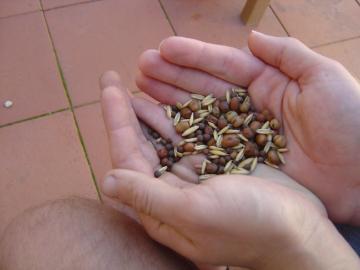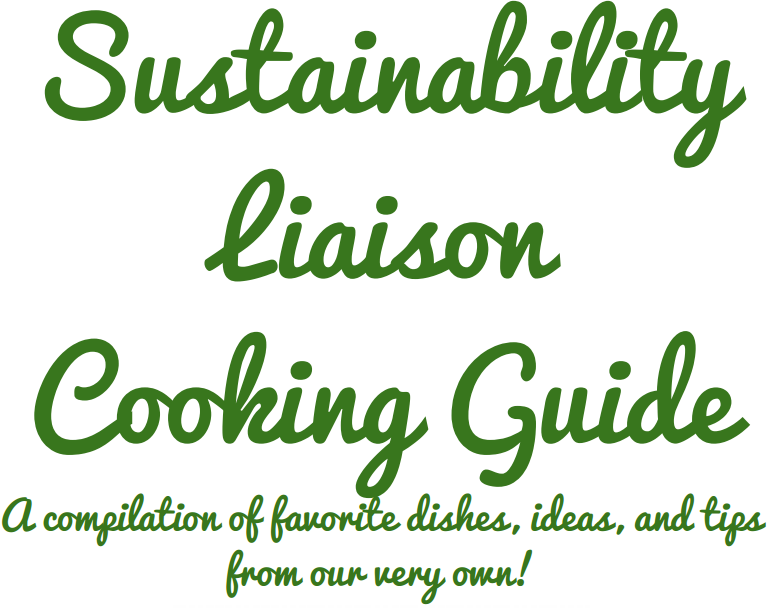What does “eating sustainably” mean?
To put it simply, it means to eat food that gives us adequate nutrition and energy, with the least amount of negative impact, or footprint, on our earth. This includes being mindful of the safety and quality of our air, soil, water, and people. From the moment a seed is planted and grown to the time it is harvested, delivered, and purchased, creating a meal involves more than what you see on your plate. Your food does more than satiate you; it impacts the health of farmers and workers, local and global agricultural land, the food industry, and the climate. It is important to be aware of the story of our food since it is the thing that nourishes us and connects us to the earth.
Factors to consider
When selecting food to purchase and eat, there are several factors to consider:
- Sustainable Farming & Welfare. How was it naturally grown in season or out-of-season with excessive pesticides? How was the animal raised? In a cage or roaming free? Humanely with proper feed?
- Transportation. How did the food travel to you--by truck, train, plane? Is it local (located within a 150-mile radius) or from another continent?
- Workers' Rights. Do the farmworkers receive a fair, living wage? Do these people have safe working conditions?
- Habitat and Environment Protection. What does the environment (from which your food originated) look like now? Is the land still arable? Were trees chopped down? Was that part of the ocean degraded or overfished?
- Waste and Packaging Reduction. How was your food packaged? Minimal plastic and reusable packaging? What will become of your leftover food? Will you save, donate, or compost it?
It may be difficult to always know the answers to these questions or to make sure you have a completely sustainable meal that is fresh, low carbon, and fair trade, but the important fact is that you are striving to make knowledgeable and mindful decisions about your food. To learn more about sustainable food, you can read The Kindling Trust definition or this SF Gate Home Guide that lists multiple definitions.
- Sustainability Liaison Cooking Guide
Our Sustainability Liaison Cooking Guide is full of great tips on how to eat more sustainably! We asked our sustainability liaisons to share their favorite recipes and cooking tips, and they delivered. In this guide, you will find everything from eating seasonally and how to store herbs, to entree and dessert recipes.
Eating on campus

Eating on or near campus already lessens your footprint: Bon Appétit Management Company (BAMCO) provides SCU’s Dining Services and is a pioneer in environmentally sound sourcing policies. You can also start eating more sustainably by purchasing produce from Santa Clara’s Franklin Square Farmers’ Market or through the 's Friday Farm Stands. Buying from the Farmer's Market can guarantee that the food is in season and local (as it brings together farmers in the area), and lessen your chance of major pesticides or chemicals on your fruits and vegetables.
SCU Dining Services by Bon Appetit recognizes the water embedded in the food we serve:
- The highest volume product with the highest water impact is beef, followed by other animal products
- Rice, pasta, and bread also have water impacts
- While some fruits and vegetables are higher in water use than others, all are low relative to animal products
(*As a company, Bon Appetit has reduced beef purchases 33% since 2007.)
Additionally, Dining Services are committed to doing the following in light of the recent drought restrictions:
- Encourage guests to make low-water food selections
- Promote vegetarian and vegan choices as low water options
- Using only low flow spray nozzles and drip systems throughout the facility
- Ensuring dish machines are only running when necessary, steamers are turned off when not in use, etc.

